The SilverStone Permafrost PF120, PF240, and PF360 ARGB AIO Coolers Review
by E. Fylladitakis on June 17, 2020 10:00 AM ESTThe SilverStone Permafrost Series AIO Coolers
Aside from the obvious difference of a larger radiator, all three versions of the Permafrost cooler are practically identical. The core design of the coolers is the typical AIO configuration of a single radiator, two hoses, and a block that combines the CPU contact plate and a miniature liquid pump. The designer went with standard rubber tubes with external nylon sleeve braiding for additional protection, which are fixed on the radiator and partially adjustable (just a couple dozen degrees sideways) on the CPU block.
SilverStone focused their design efforts on the main block assembly. The company installed a three-phase engine pump and an AEC-Q100 sine wave generator, increasing the efficiency and lowering the noise output of the pump itself. The AEC-Q100 is certified by the Automotive Electronics Council, thus SilverStone is marketing it as an “automotive grade” generator. We can only agree that it is a high-quality part. The designer also installed a micro-channel copper block and made sure to thermally separate the input and output in order to prevent heat creeping.
The top part of the main block assembly is a real acrylic mirror that hides RGB LEDs. Once lit, the LEDs form SilverStone’s logo on the mirror. The user can adjust the lighting effects, colors, speed, etc., but cannot change the illuminated shape in any way.
SilverStone also claims that their radiators are “automotive grade”. That may be accurate regarding the corrosion protection and/or the material of the radiator. In terms of size, however, even the largest 360 radiator cannot be used as a cooling radiator in any kind of car – it hardly has the mass to be used as a heater core in a very small car. Though this is of no real concern to us, as the Permafrost is going to be used to cool PC processors, not a combustion engine.
On topic, the radiators are typical dual pass cross-flow designs, with tiny fins soldered on thin oblong tubes. This is by far the most dominant radiator design for AIO systems and rightfully so, as it offers the best efficiency within limited proportions and for the temperature differences that AIO coolers have to deal with. The radiators are just 26 mm thick, meaning that the entire assembly with the fans requires only 51 mm of clearance, maximizing compatibility.
The bottom of the main block assembly reveals a sizable, square cooper block. It is neither nickel-plated or polished down to a mirror finish, yet the finish is very smooth and free of imperfections. Do note, however, that these coolers are meant for mainstream desktop processors rather than large HEDT processors; so the contact plate is not large enough to cover Ryzen Threadripper processors and SilverStone does not provide hardware to install any Permafrost cooler onto a TR4 socket.
SilverStone’s application of RGB lighting on the cooling fans is exceptional. The designer placed the LEDs into the fan’s engine, creating a fantastic diffusion visual effect on the fan’s semi-transparent blades. If connected to a compatible motherboard, both the fans and the main block will copy the programmed lighting theme of the system. For those who do not own a compatible motherboard or just do not want to have lighting synergy between different parts, the lighting effects can be programmed from the wired controller, meaning that the user will have to open the case in order to access it.


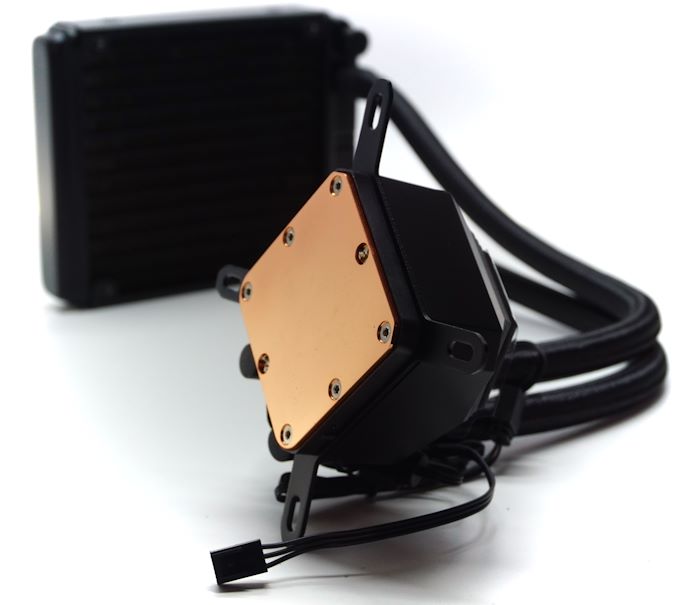
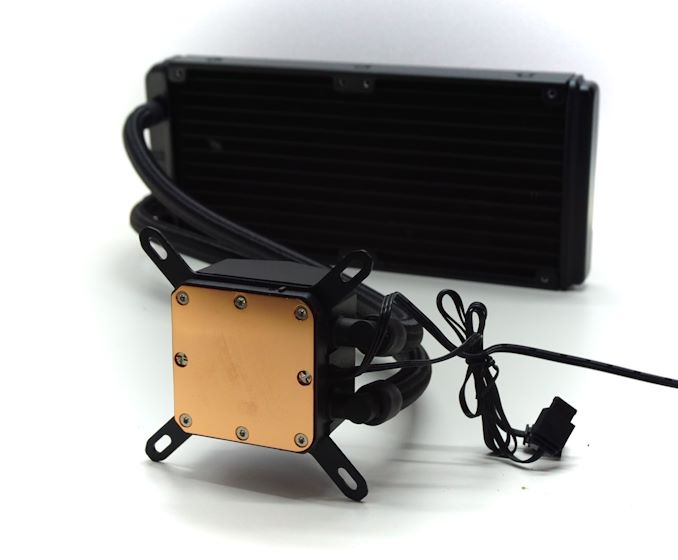
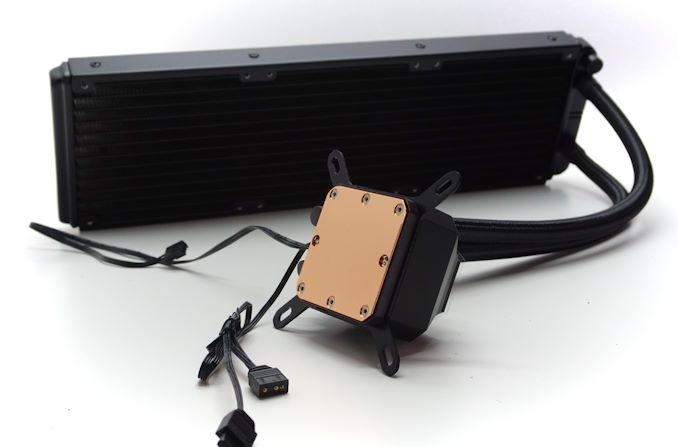
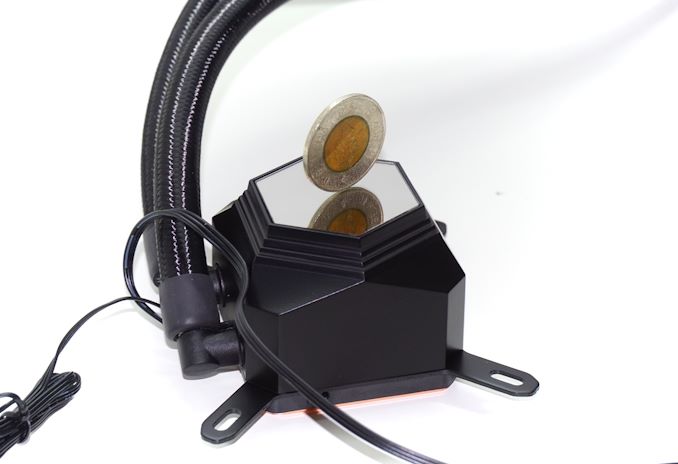
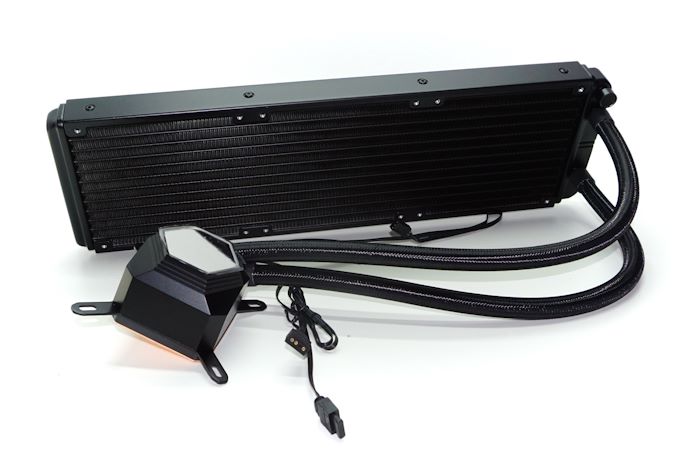
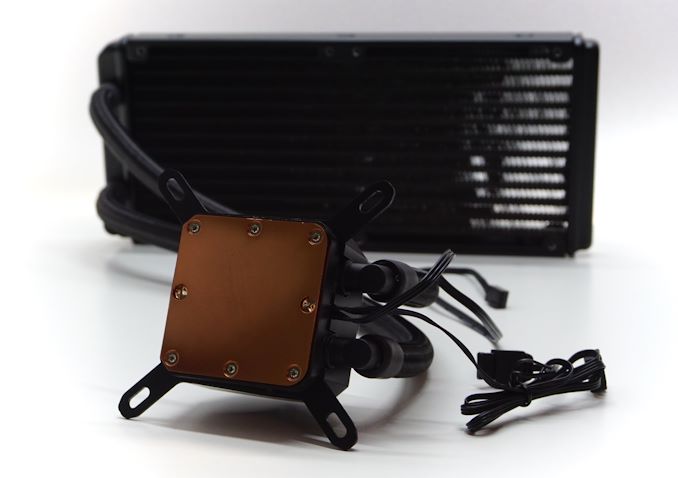
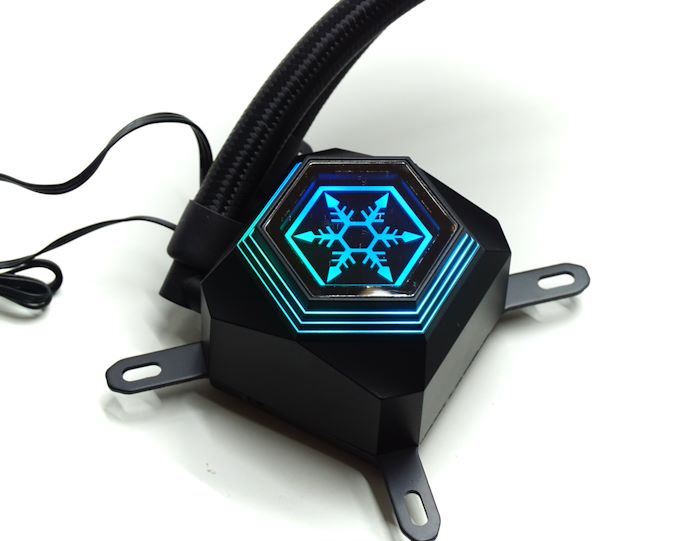
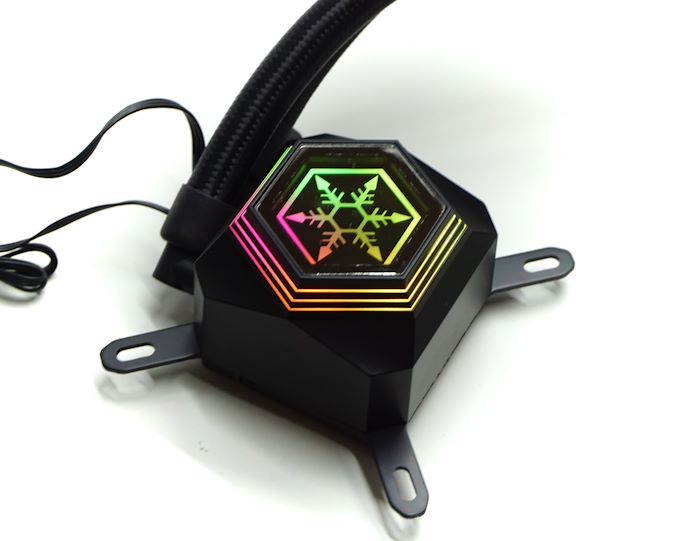
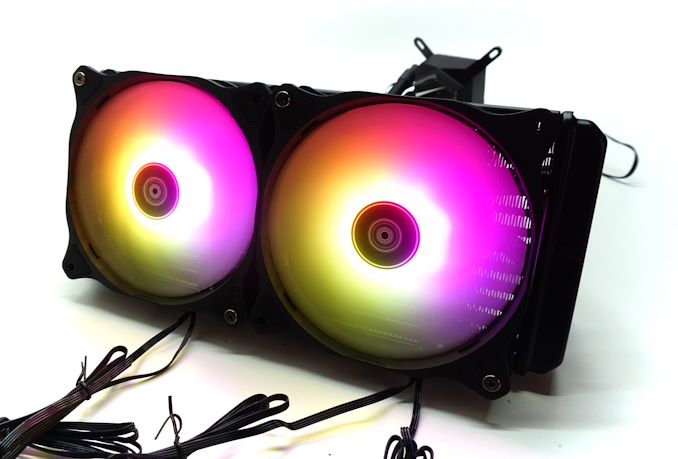








71 Comments
View All Comments
PeachNCream - Saturday, June 20, 2020 - link
Calling someone a troll when there is no trolling happening is usually one of the last lines of defense by means of attack a person with a computer tech interest and insecurities about said interest makes in order to invalidate information they do not want to accept. Usually someone in that mindset also ends up posting prices of their computer hardware eventually in order to cloak a bragging session about what they spent as a portion of some reasonable (to them at least) way of explaining something. I see you've done that second part as well, Mister Skywalker.BenSkywalker - Saturday, June 20, 2020 - link
I'm going to go into a discussion about a water cooler to trash water coolers and that isn't trolling...? If this were an air cooler you would have a point, but alas.I was accused of trying to justify my purchase, the point of listing prices is simple- there is *ZERO* justification for any of it and more importantly, I don't need to justify anything to anyone excerpt the wife.
Last line of defense?
Water is cooler, water is quieter.
Facts.
Dug - Tuesday, June 23, 2020 - link
What you don't understand about sound is that decibels are not the deciding factor for most people on whether they care about the noise. It's the frequency and vibration. And pumps are some of the worst for annoying people. Just like a mosquito isn't loud, but it is annoying. That is why you will see so many threads about pump noise, even if fan noise was higher in decibles on their system. To say that pumps are quieter than slow moving fans is fanboyism at it's best. There is no possible way due to how fast a pump spins with water running through it.BenSkywalker - Tuesday, June 23, 2020 - link
Citing hard data is "fanboyism".....?You saying pump noise is on a frequency you find more annoying is one thing, louder is a hard data figure and the numbers say I'm right.
I can only assume those complaining about pump noise are basing it off of some custom loop using a junk aquarium pump from years ago.
Also, you do realize that modern AIOs have variable pump speed, right? I'd assume most of them even let you adjust the ramping(the ones I've used do).
BenSkywalker - Friday, June 19, 2020 - link
My radiator and all its accompanying fans are behind the tray my motherboard is mounted to. Pump noise is some interesting FUD I hear from the never so much as seen a water cooled setup in my life crowd, but the fans are *much* louder than the pump in every setup I have ever seen, they pale in comparison to the noise created by air cooling.So, show me an air cooled setup where I can mount the tower remotely so I can have a clean appearance? You up to it?
Justifying the expense....? So it isn't the $300 I spent on a case, the extra $100 I spent for Royal RAM over regular RAM, it isn't the $1300 I dropped on a 4k/120HZ GSync monitor or the $1300 graphics card, it isn't the $500 I spent on my DAC/Amp/Cans or the $250 I spent on my mouse and keyboard, no, what I need to justify is the extra $75 for a water cooler over air.......
We have a frivolous hobby. As much as I spent building what most people think is an insanely over the top setup, it still cost quite a bit less than my buddies rims he just bought, or a couple of days vacation time with the family, he'll the gap between air and water is a small Friday night bar tab.
Beaver M. - Saturday, June 20, 2020 - link
Water is FAR noisier.I dont hear my D15 at all. AT ALL.
I could still increase its RPM if needed, or add another fan (only running 1) and still be far more silent than any water system Ive ever heard.
BenSkywalker - Saturday, June 20, 2020 - link
Sound measurements are done, articles linked. For the same level of cooling water is quieter. That doesn't mean you can't build a quiet air setup, it just means at the same noise level water would run cooler.Beaver M. - Wednesday, June 24, 2020 - link
Where are you putting your microphones then?The pump or the radiator fans? Huge difference.
You cant reach the cooling custom water has with air coolers, no matter what. So such a comparison is nonsense in either way.
Only AIOs are comparable. And they are FAR noisier than air.
BenSkywalker - Wednesday, June 24, 2020 - link
I linked to air, this article has AIO numbers, air is louder. It's a safe bet all of using water have a lot of experience with air.Mic is normally placed roughly one meter away although it varies based on the person testing it is almost always noted.
AIOs are quieter than air.
JimRamK - Wednesday, June 17, 2020 - link
If you're using an SFF PC, a CLC or other liquid cooler may be the only way to get excellent cooling since the best air coolers are fairly tall and need a full sized case.